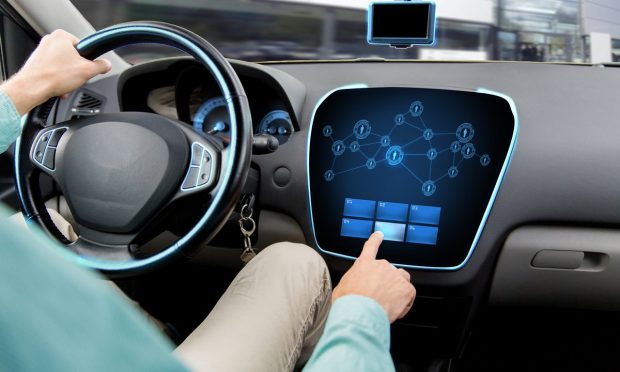Prospect Of Recurring Billing Revenue Drives Automakers’ Investment In Connected Services

When General Motors announced Wednesday (Oct. 6) that connected services will play a large role in its plans to double its revenue by 2030, the forecast marked the latest iteration of the ambitions that Detroit’s “Big 3” automakers — and others — have in this realm.
Rather than simply building and selling vehicles, all three manufacturers are looking to build longer-lasting relationships with their customers through subscription-based connected services.
For its part, GM said it projects annual software and services revenue in the $20 billion to $25 billion range from 30 million connected vehicles by the end of the decade. Compare that to 16 million vehicles that currently use GM’s OnStar connectivity platform today, with software and services generating a projected $2 billion in annual revenue, and the upside opportunity becomes crystal clear.
A day earlier, when announcing the formation of a Digital Business team, GM President Mark Reuss said, “We are creating new digital experiences for our customers, both inside and outside of the vehicle, to enhance their lives and keep them connected in an increasingly digital world.”
Biggest Opportunity For Growth
Similarly, Ford announced in May that connected services are a key part of its Ford+ plan for growth and value creation. Pairing vehicles and connected technology will mean stronger loyalty and greater returns across all the company’s customers, Ford CEO Jim Farley said.
“This is our biggest opportunity for growth and value creation since Henry Ford started to scale the Model T,” he added, “and we’re grabbing it with both hands.”
The company reported that it will have about 1 million Ford and Lincoln vehicles that are capable of receiving over-the-air system updates on the road by the end of the year and 33 million by 2028.
In these vehicles, Ford will fully integrate technology from Apple, Amazon, Google and Baidu as well as its own digitally enabled tools, Ford Pass and Lincoln Way.
Improving Lives Of Customers
Another member of the Big Three, Stellantis, announced in May that it is working with electronics manufacturer Foxconn to develop digital cockpits and personalized connected services. The companies formed a joint venture called Mobile Drive that will competitively bid for global vehicle program contracts with Stellantis and other auto industry companies.
“Today, there’s something that matters just as much as beautiful design or innovative technology, it’s how the features inside our vehicles improve the lives of our customers,” Stellantis CEO Carlos Tavares said in a statement.
It was noted that Mobile Drive will combine Stellantis’ global vehicle design and engineering expertise with Foxxcon’s global development in the software and hardware realms of smartphones and consumer electronics.
Increasingly Software Driven
“The vehicles of the future will be increasingly software driven and software defined,” said Foxconn Chairman Young Liu. “Customers, today and in the future, demand and expect ever increasing software-driven and creative solutions to connect drivers and passengers with the vehicle inside and out.”
According to PYMNTS research, consumers who have grown accustomed to the convenience of connected devices in their homes and offices now expect the same level of seamless service while in their cars and trucks.
In fact, the more people commute, the more connected they want to be. The research found that consumers who commute to and from work own more connected devices and tend to use more of those devices per day, compared to their work-from-home counterparts. It also found that 70% of commuters say they are “very” or “extremely” interested in new connected experiences.
